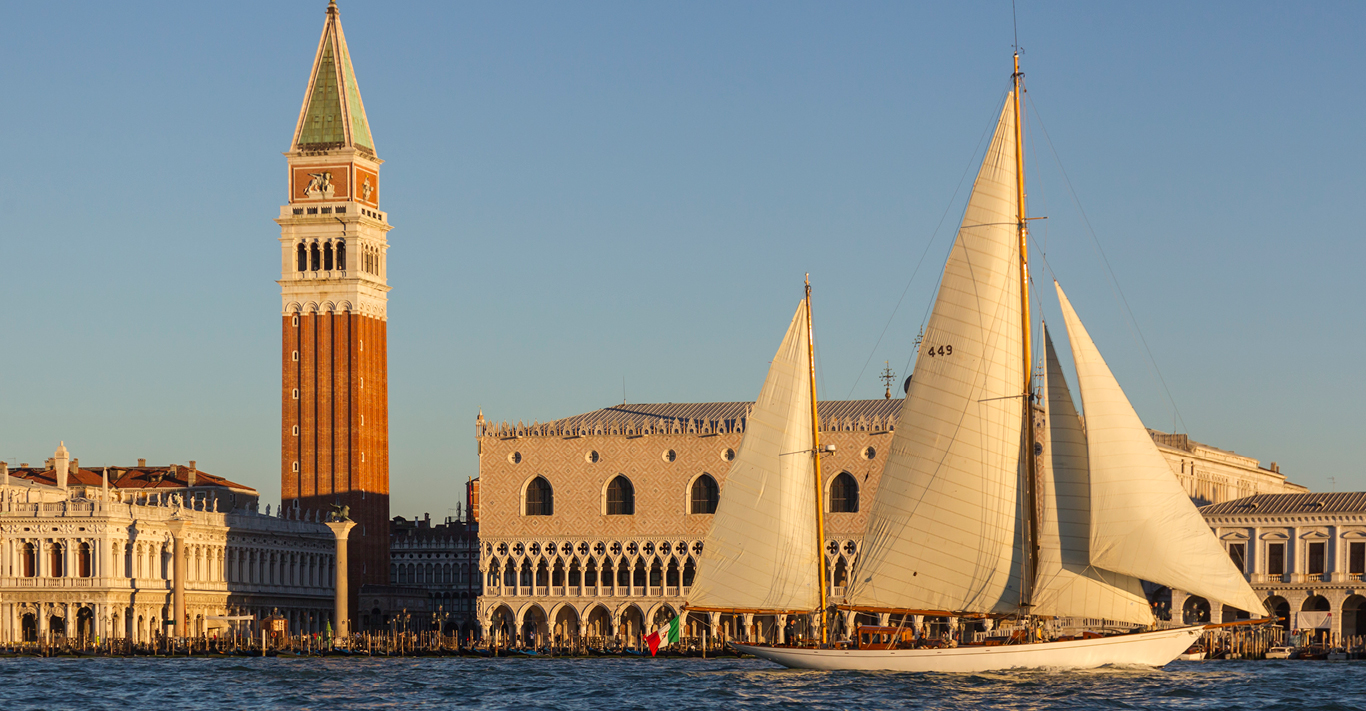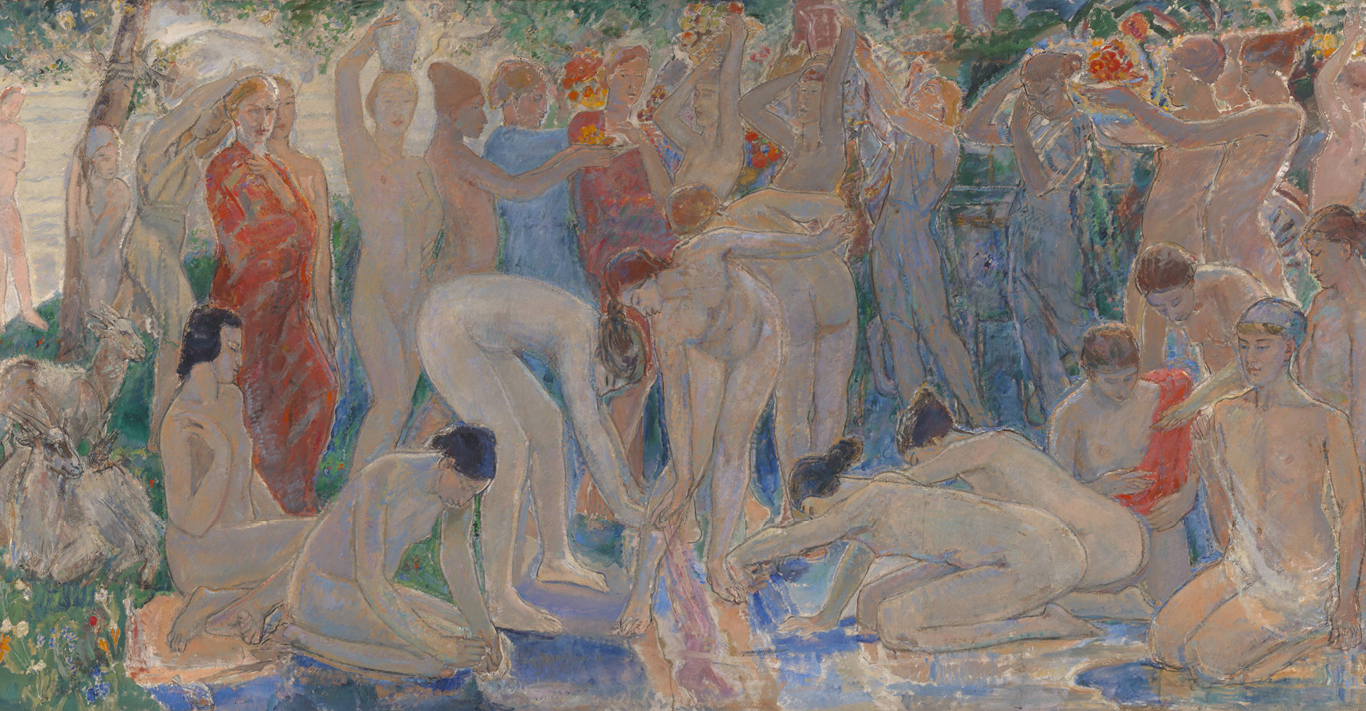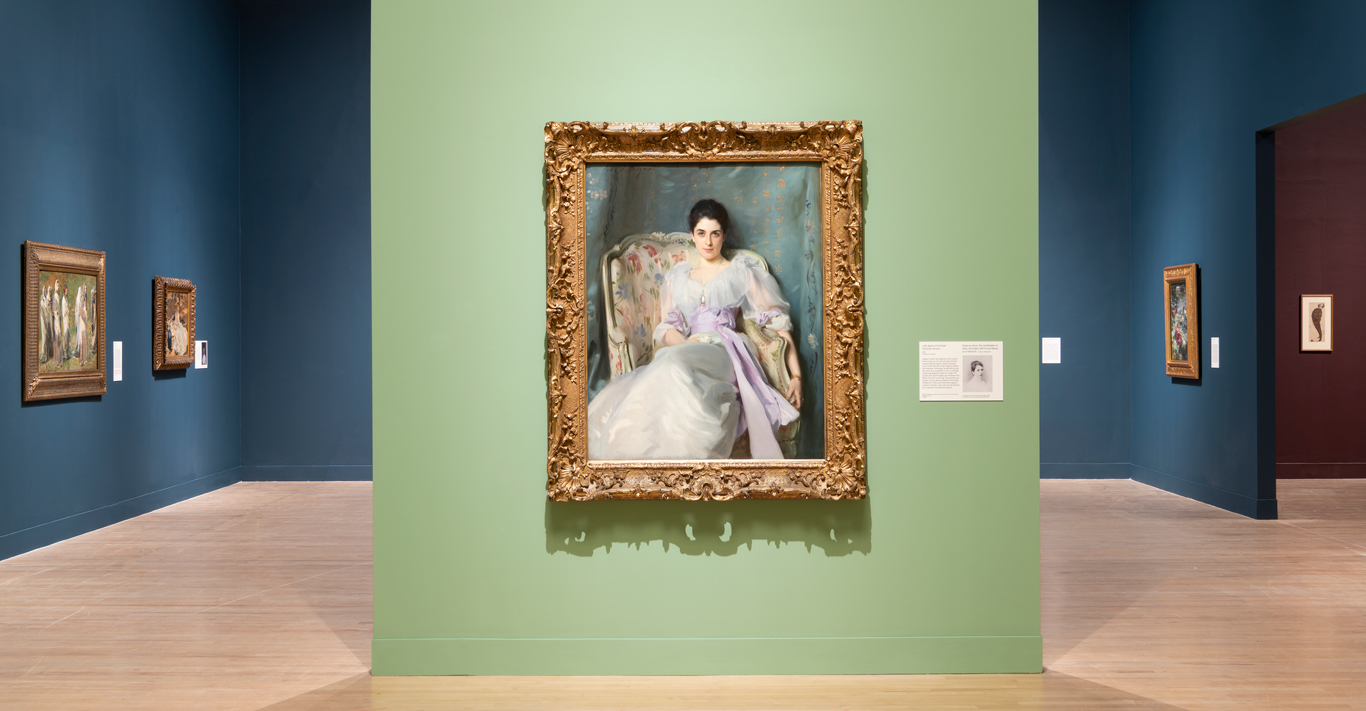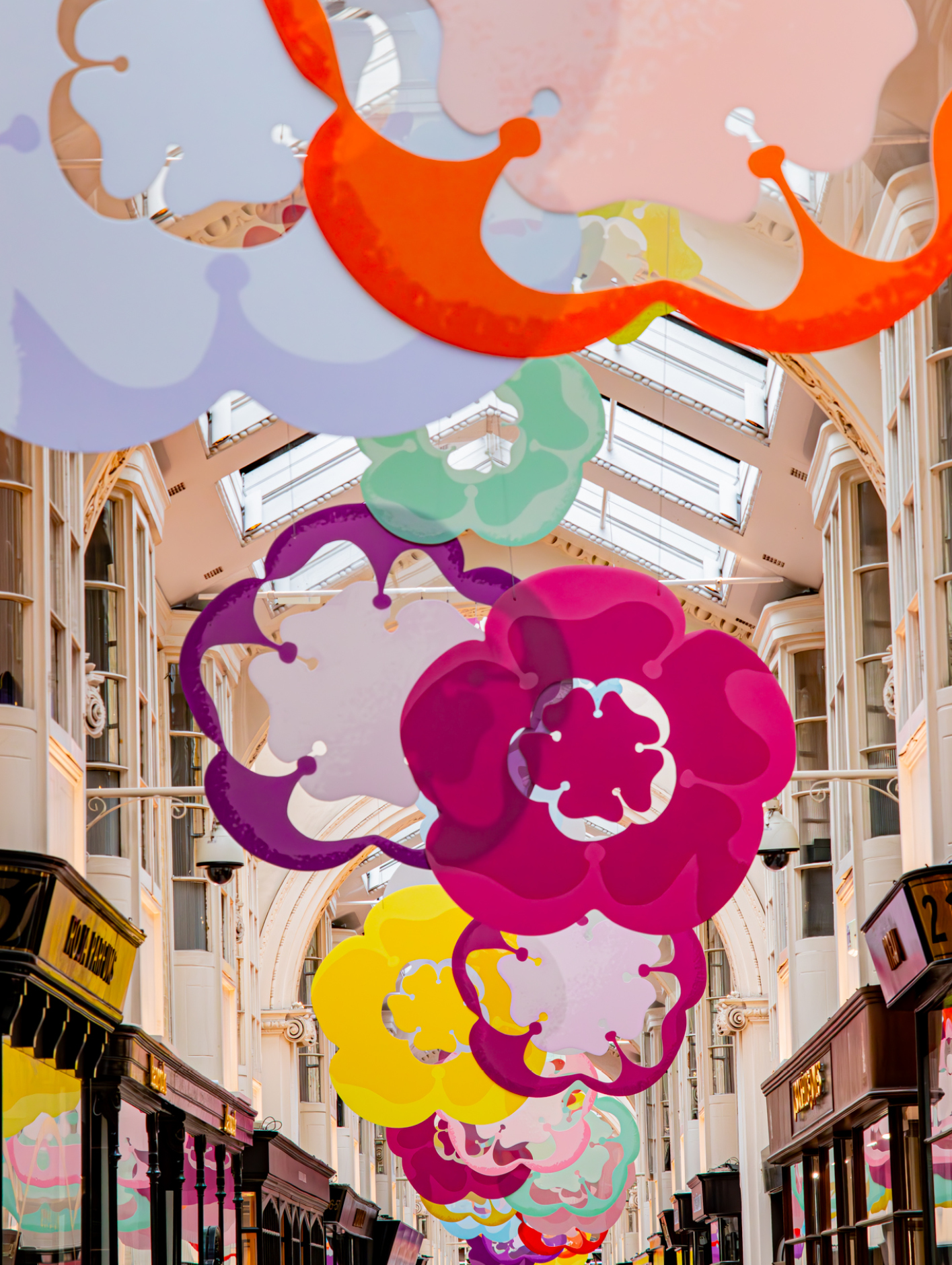WORDS
Peter Howarth
Homo Faber – “Man the Maker” in Latin – is a global project that promotes the work of master craftsmen. There is an online guide through which you can discover artisans still employing ancient techniques, and others working with cutting-edge technology. Bookbinders, glassworkers, silversmiths, jewellers, ceramicists and the like are all here. The guide is an extraordinary resource.
But Homo Faber is also an exhibition in Venice that brings this world to life, gathering together examples of artisan-made goods, and many artisans themselves, and inviting the public to discover the wonders of craftsmanship. The second Homo Faber event took place in April at the Fondazione Giorgio Cini and featured 15 exhibition spaces put together by 22 curators, and 400 objects gathered from over 30 countries.
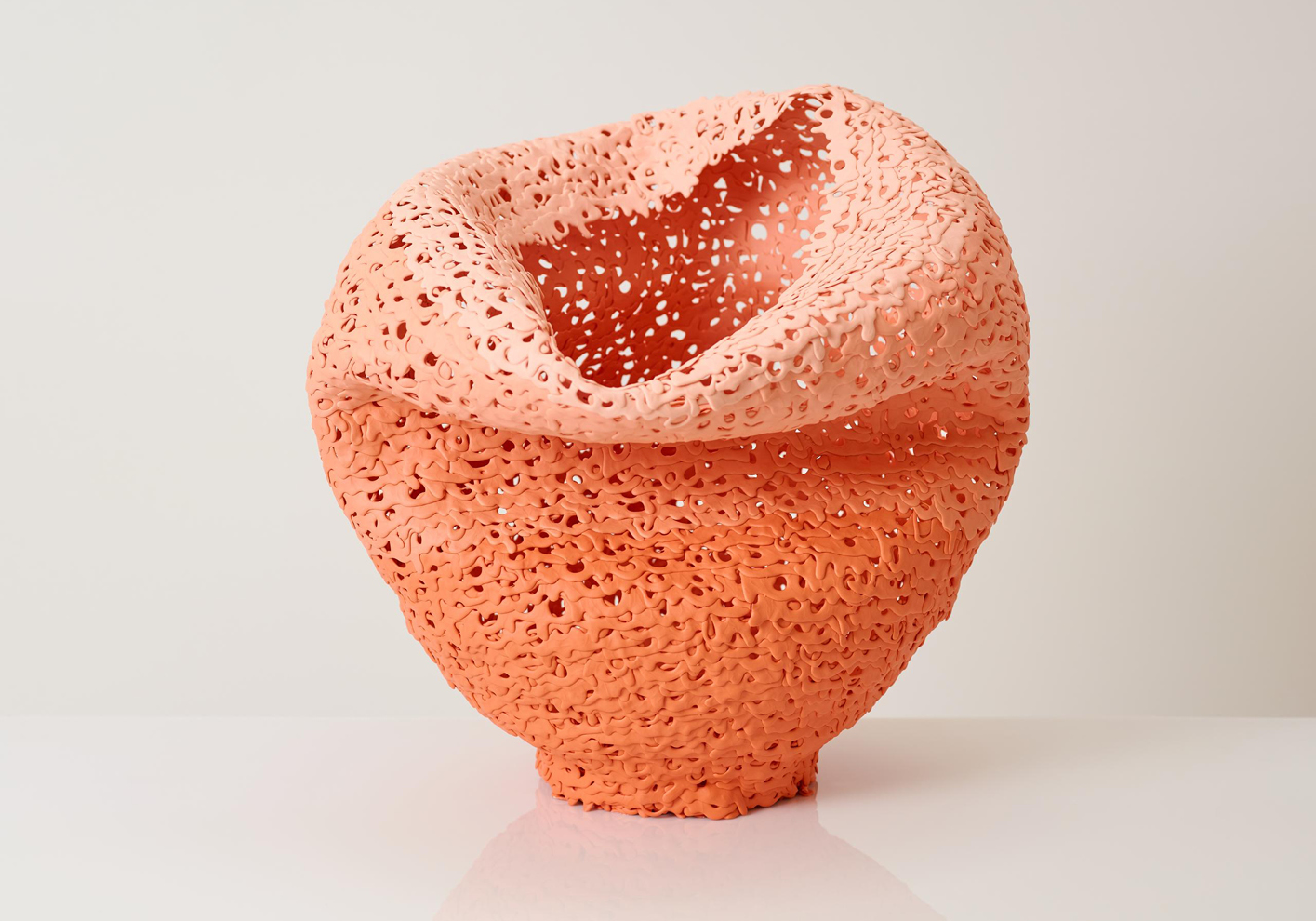
‘Many people do not know who the artisans are and what they can do,’ explains Alberto Cavalli, the general curator of the Homo Faber event. ‘These days we are not educated about this. Instead, our eyes often behold a very superficial beauty, but like the beauty of the Medusa in Greek myth, it hides something dark.’
The darkness, he explains, is the plethora of goods that are made without attention to quality; have, as he puts it, no story; are sold through aggressive marketing; and will end up in landfill. The work of the craftsman, by contrast, is rich – in story, quality and human skill, and is capable of forging an emotional bond with the purchaser.
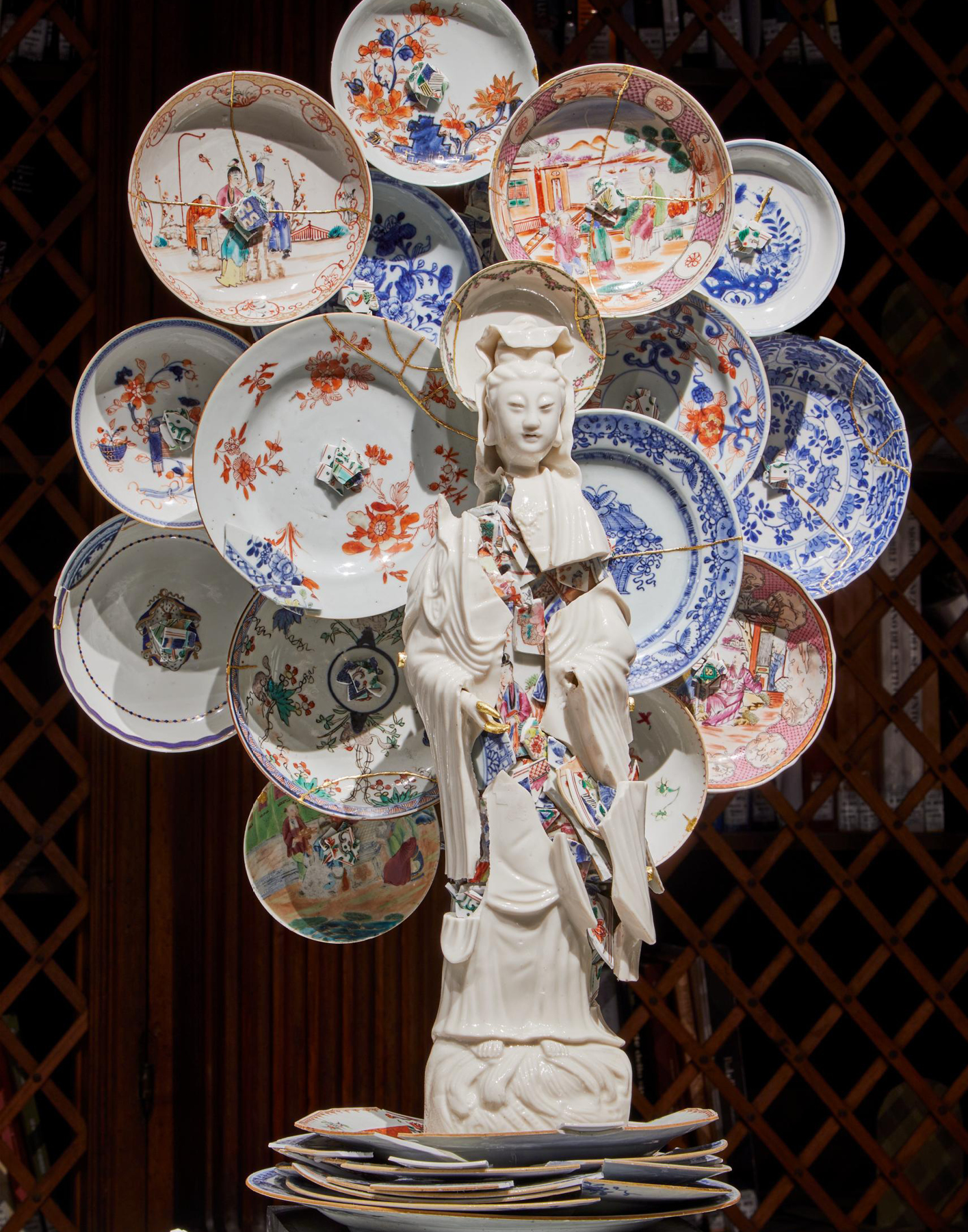
‘These types of skills are threatened today,’ explains Cavalli. ‘The enemy is not technology – that is just an instrument. Technology can actually help a master craftsman, by saving time, or allowing them to communicate and connect with customers.’ No, the real enemy is what he calls the three “I”s: ignorance, invisibility and irrelevance.
‘This is why we made Homo Faber,’ says Cavalli. ‘The artisans need their work to be promoted. So, we created a website and app and event to attract people and make them fall in love with craft again.’
But all is not lost. ‘The more digital our lives become, the more analogue our dreams remain,’ Cavalli says. ‘Young people are quite sensitive to this – they find the idea of something being beautifully and specially made inspiring.’

Among the exhibition spaces at Homo Faber was the Next of Europe room. This presented pieces that epitomise the best of European craftsmanship. Here, along with the work of makers who create individual objects, was a Globe-Trotter suitcase. For Cavalli, this proved that craftsmanship still has a role to play in manufacturing. This British suitcase, for him, shows a happy combination of form and function.
Globe-Trotter’s executive chairman, Vicente Castellano, says being invited to Homo Faber was an honour: ‘Most of the exhibitors at Homo Faber are making really special, individual pieces. We’re different because we produce many cases and yet each is made one by one, by hand. We quality control to the same standard but every piece is unique, which is what makes them so beautiful.’
homofaber.com; globe-trotter.com
Panerai; Alessandra Chemollo, ©Michelangelo Foundation; Mimi Joung Artisan


